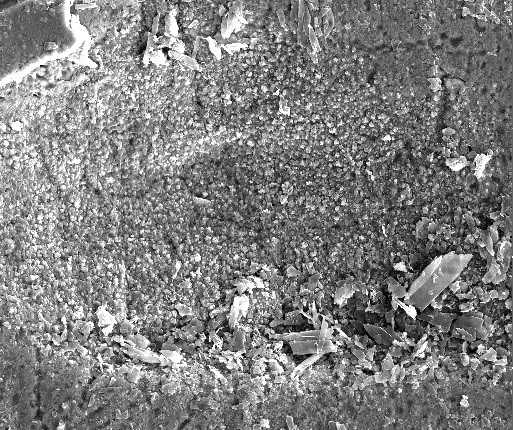
Author: Ali Kosari Mehr
Potentiodynamic polarization
Potentiodynamic polarization is a means frequently utilized for the assessment of corrosion behavior. In the corrosion process of a metallic surface in a solution, one reduction process and one oxidation process must be present, at the minimum. In this connection, one can measure the totality of all partial anodic processes and all partial cathodic processes happening throughout corrosion of a metallic surface; a cathodic curve and an anodic curve present the totality of all partial reduction processes and the totality of all partial oxidation processes, respectively. In an Evans diagram (i.e., a diagram representing the relation between potential and current for reduction and oxidation reactions), the point where anodic and cathodic polarization curves intersect shows the corrosion current and the corrosion potential.
In the Tafel extrapolation method, potentials well above the corrosion potential (approximately 300mV) are applied and the current is recorded, resulting in the polarization curves for the cathodic and anodic reactions in these potentials. Next, the corrosion current and the corrosion potential are obtained by plotting potential against logarithms of current and subsequently extrapolating the currents in the two Tafel regions (i.e., the E-log I diagram’s regions where curves are straight over a significant range). With the corrosion current being obtained, Faraday’s law can be used to determine the corrosion rate in any desired units. For further information regarding potentiodynamic polarization, please see the reference mentioned below.
References:
Ahmad Z (2006) CORROSION KINETICS. Princ Corros Eng Corros Control 57–119. Webpage
-
 20 Aug, 2022What is Auger electron spectroscopy?
20 Aug, 2022What is Auger electron spectroscopy? -
 13 Jul, 2022Classification of vacuum pumps
13 Jul, 2022Classification of vacuum pumps
